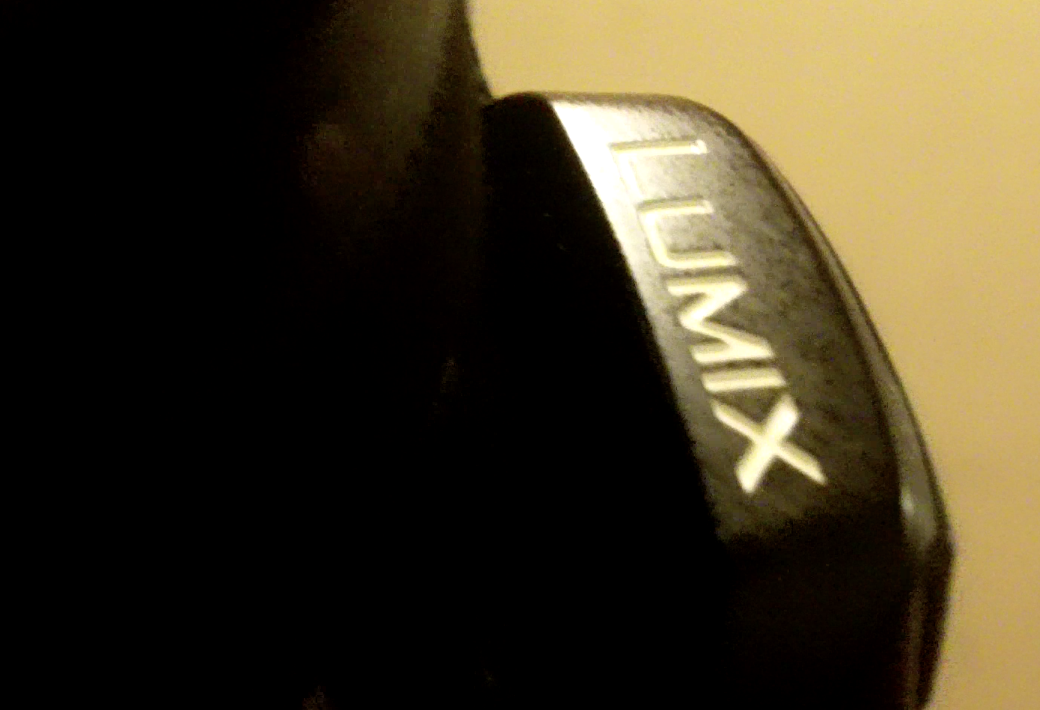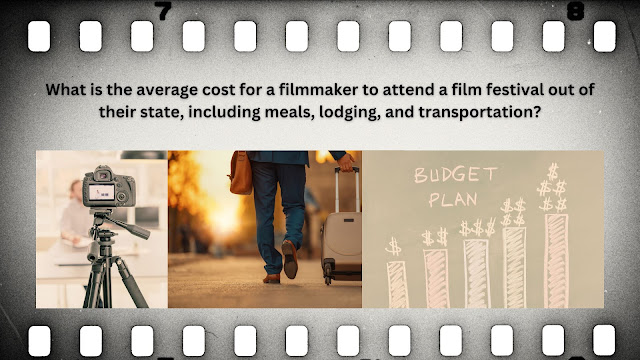The Gear: The Making of L.A. A Queer History
 The Gear: The Making of L.A. A Queer History
The Gear: The Making of L.A. A Queer History
by Mario J. Novoa
http://kck.st/1DukNztYou can talk about making anything till you are blue in the face, but you'll never make it happen, unless you work with what you have.
When I was approached to make L.A. A Queer History (a feature documentary), I knew that the interviews would be a little difficult to shoot because we had to shoot on location. We had to worry about light and sound recording issues. Since we had no budget, we could not pay or hire anyone to really help out.
Using a PANASONIC LUMIX GH2, a Panasonic 14mm zoom lens, a $25 CCTV lens and adapter, a Zoom H4N sound recorder, a SENNHEISER lavaliere microphone and a consumer tripod, we went to work. Having had over 20 years of experience shooting and editing interviews, I took on the task of being the main production person. Something I haven't done in years.
I ran through the scenarios with the director about how to set up, set up time, sound and lighting and whatever other issues might pop up during production. And of course as in any film production period, something always comes up...and you have to improvise.
The GH2 allowed me to work under low light conditions and adjust the settings accordingly. Our concern was with getting a film look at high quality. I had to make several adjustments per the directors request, but overall we were pleased with the depth, color and quality we could get in different environments. This not to say that we weren't plagued with lighting issues, because we were. Using available light we scheduled the interviews to be shot during the afternoon hours and maximize the available light we could get through windows. I was very pleased with how the GH2 was able to make this happen.
Our sound was always an issue, despite the fact that we had a solid recorder. My Zoom H4N was so good in fact, that it picked up everything. Footsteps, passing cars, vacuums and air conditioners are constant issues when recording sound. Each individual we interviewed had a certain range and vocal strength that needed to be adjusted when we prepped. Otherwise we would risk not getting the correct sound levels. There have been no room for "do-overs", so we had to get it done correctly. Often time this process can be tedious, bit the results are great.
Using my rickety tripod, we kept our shots, steady and clean. We could have used more movement by using a tripod like a professional Manfrotto, but we had to use what was available. As long as the shot was stable, that was all that mattered.
Every interview was special and we were allowed to capture oral histories that haven't been explored or shared before. So this job was special for that reason. If you really want to do something important, you have to work and make it happen. I'm very proud of the work that we have done thus far and look forward to finishing up our interviews in the very near future.




